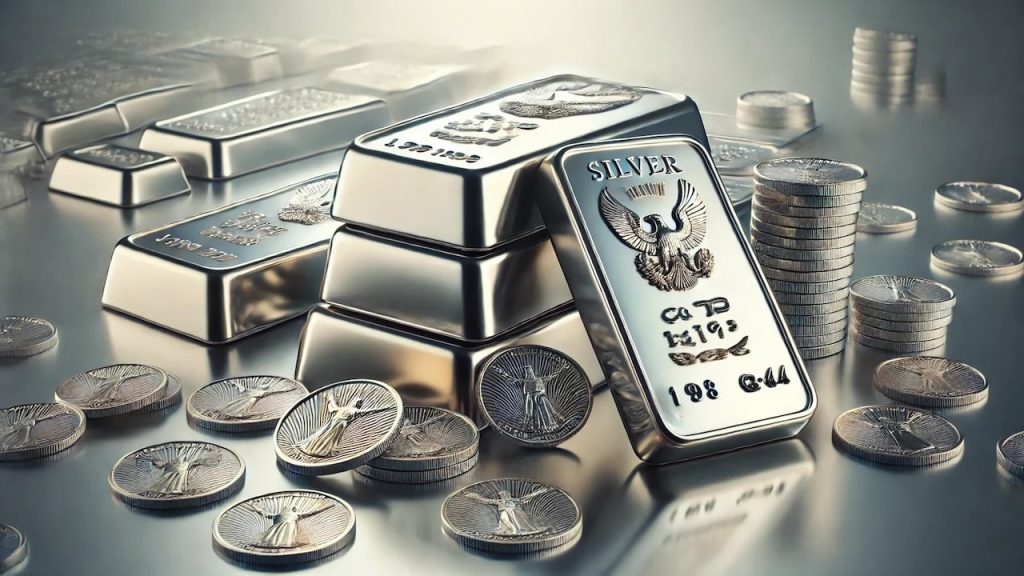The report by Capitalight Research Inc., commissioned by the Silver Institute, emphasizes that silver is a robust hedge against inflation, currency devaluation, and systemic financial instability. The findings present a compelling argument for institutional investors to diversify their portfolios with silver, highlighting its unique characteristics as both a tangible asset and a valuable industrial metal. The report notes that silver offers stability while also having considerable growth potential, especially in the context of global economic uncertainties.
The geopolitical landscape is becoming increasingly fragile, with government fiscal positions deteriorating worldwide. The U.S., for example, recorded the third-largest budget deficit in its history during fiscal 2024. This fiscal irresponsibility isn’t isolated to the U.S.; it’s reflective of broader global trends where numerous countries grapple with mounting government debt. The report therefore stipulates that silver becomes more attractive as an investment choice for those looking to mitigate risks associated with inflation and currency fluctuations, as silver maintains a low correlation with traditional asset classes like equities and bonds.
Silver is experiencing a noteworthy bullish trend driven by both supply and demand dynamics. The report highlights the metal’s indispensable role in green technologies, including solar energy, electric vehicles, and electronic devices. Industrial demand for silver is projected to reach a record high in 2024, surpassing 700 million ounces for the first time. The report emphasizes that previous records of silver consumption in industrial applications were driven predominantly by green energy initiatives, reflecting a trend that indicates consistent growth in this sector for silver usage.
The growing global demand for renewable energy and electrification is expected to bolster the industrial consumption of silver significantly. An increase in solar panel production, particularly, is directly linked to rising silver consumption, as silver is the most efficient conductor of electricity at room temperature. The report anticipates a supply-demand imbalance, projecting a market deficit of approximately 182 million ounces for 2024 due to supply constraints. This mismatch between increasing industrial demand and finite supply will likely amplify price volatility, creating upward pressure on silver prices in the near future.
As a strategic asset, the report underscores the dual role of silver—both as an industrial metal and a safe haven during market volatilities. Historically, silver has demonstrated its value during economic crises, acting as a reliable hedge during periods of inflation and currency decline. Given the current global economic landscape, the role of silver in investment strategies has become even more pronounced, as it stands out as a critical asset for institutional investors looking to safeguard against financial instability.
In summary, silver’s compelling attributes and market dynamics position it as a strategic investment choice, particularly in times of increasing economic and geopolitical uncertainty. The combination of rising industrial demand in green technologies, alongside persistent supply shortages, elevates silver’s appeal as both a stable asset and a growth-oriented investment. Investors concerned about inflation and currency devaluation should consider adding silver to their portfolios to hedge against systemic financial risks while taking advantage of its growth potential in the evolving industrial landscape.

